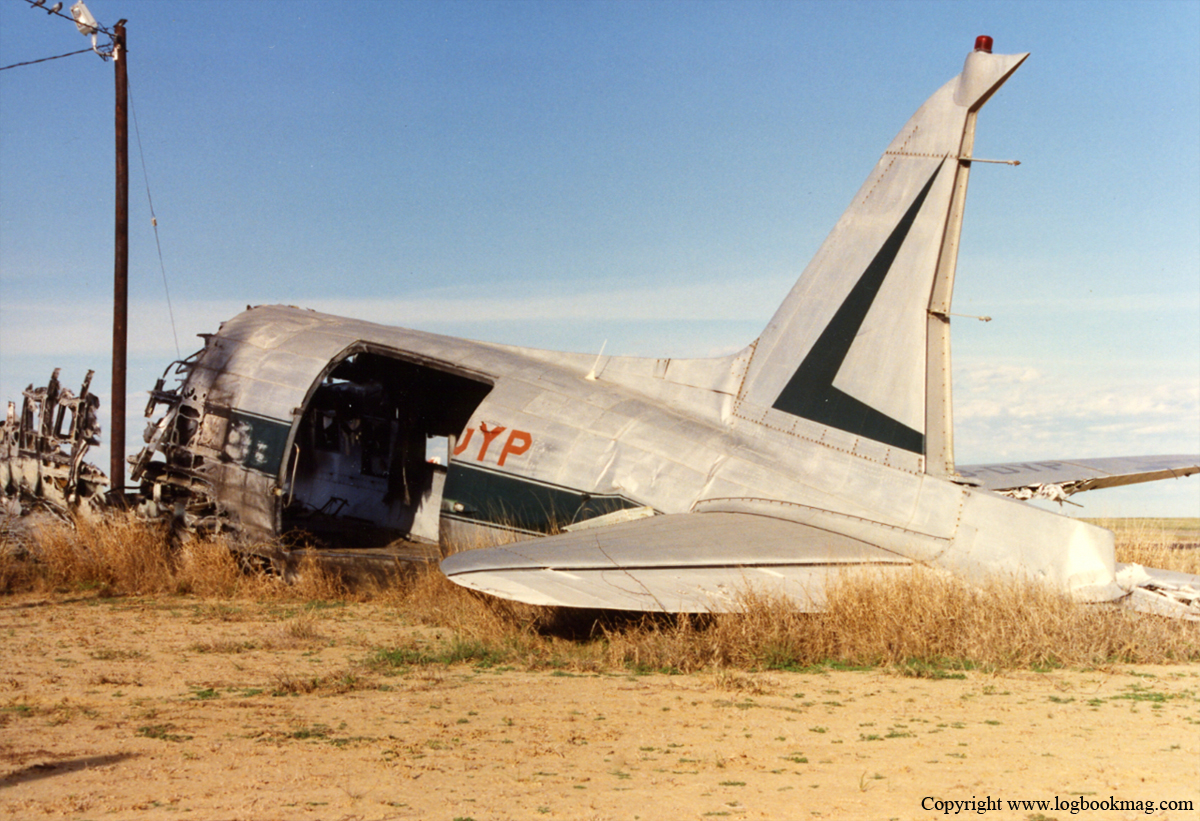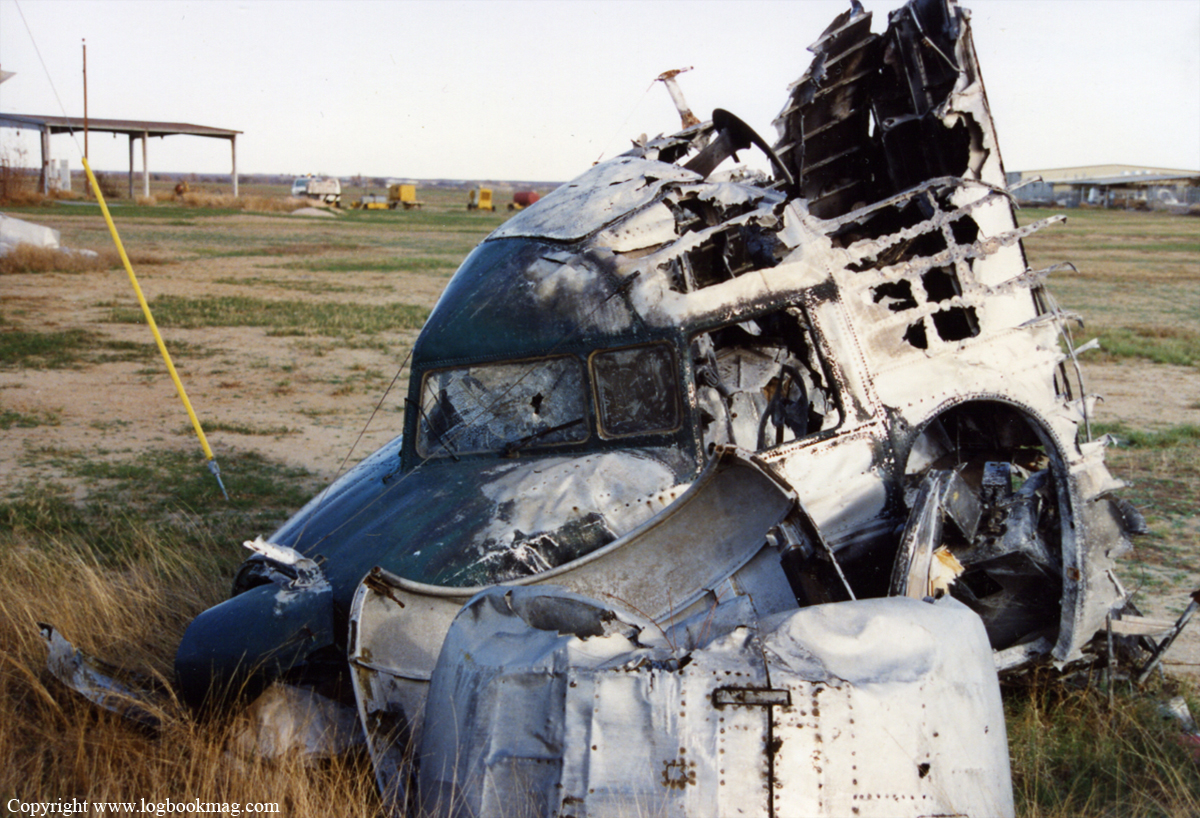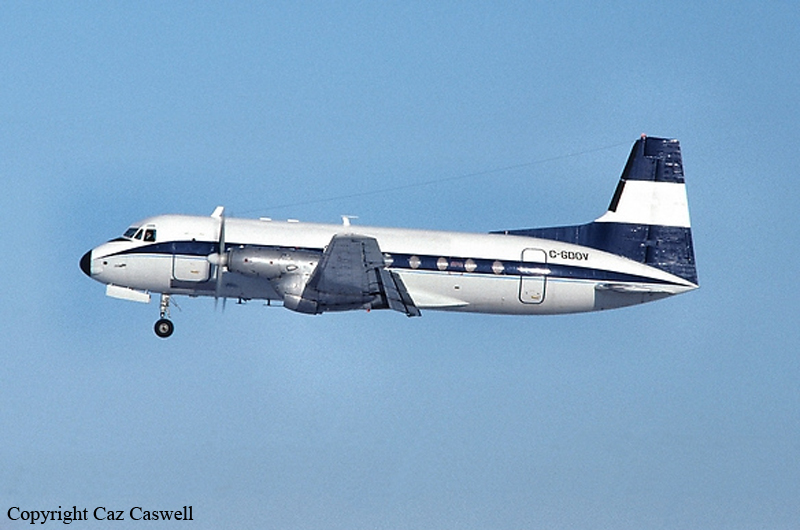Crash of a Douglas C-47A-70-DL in Laredo
Date & Time:
Jan 18, 1989 at 2043 LT
Registration:
XB-DYP
Survivors:
Yes
Schedule:
Laredo - Torreón
MSN:
19239
YOM:
1943
Crew on board:
2
Crew fatalities:
Pax on board:
0
Pax fatalities:
Other fatalities:
Total fatalities:
0
Captain / Total hours on type:
3800.00
Circumstances:
The pilot stated that during takeoff from runway 35L, the copilot on the flight controls reduced left propeller and right engine power at an altitude of less than 100 feet agl. He attempted to restore takeoff power while applying forward pressure on the control yoke, but lost control of the aircraft and impacted the terrain adjacent to the departure runway. He further stated that the cargo may have shifted to the rear of the aircraft during takeoff. The aircraft was destroyed and both pilots were seriously injured.
Probable cause:
The pic's disregard for the security of the cargo that permitted its shift during the takeoff roll. This resulted in an aft cg situation and a subsequent stall and loss of aircraft control. A contributing factor in the accident was the mismanagement of the engine power by the crew and the lack of experience of the copilot.
Occurrence #1: cargo shift
Phase of operation: takeoff - initial climb
Findings
1. (f) security of cargo - disregarded - pilot in command
2. (f) procedure inadequate - pilot in command
3. (c) aircraft weight and balance - exceeded
----------
Occurrence #2: loss of control - in flight
Phase of operation: takeoff - initial climb
Findings
4. (f) throttle/power control - reduced - copilot/second pilot
5. (f) lack of total experience in type of aircraft - copilot/second pilot
6. (f) propeller - reduced - copilot/second pilot
7. (c) airspeed (vs) - not maintained - pilot in command
8. Stall/mush - inadvertent - pilot in command
----------
Occurrence #3: in flight collision with terrain/water
Phase of operation: descent - uncontrolled
Findings
9. Terrain condition - grass
Occurrence #1: cargo shift
Phase of operation: takeoff - initial climb
Findings
1. (f) security of cargo - disregarded - pilot in command
2. (f) procedure inadequate - pilot in command
3. (c) aircraft weight and balance - exceeded
----------
Occurrence #2: loss of control - in flight
Phase of operation: takeoff - initial climb
Findings
4. (f) throttle/power control - reduced - copilot/second pilot
5. (f) lack of total experience in type of aircraft - copilot/second pilot
6. (f) propeller - reduced - copilot/second pilot
7. (c) airspeed (vs) - not maintained - pilot in command
8. Stall/mush - inadvertent - pilot in command
----------
Occurrence #3: in flight collision with terrain/water
Phase of operation: descent - uncontrolled
Findings
9. Terrain condition - grass
Final Report:










